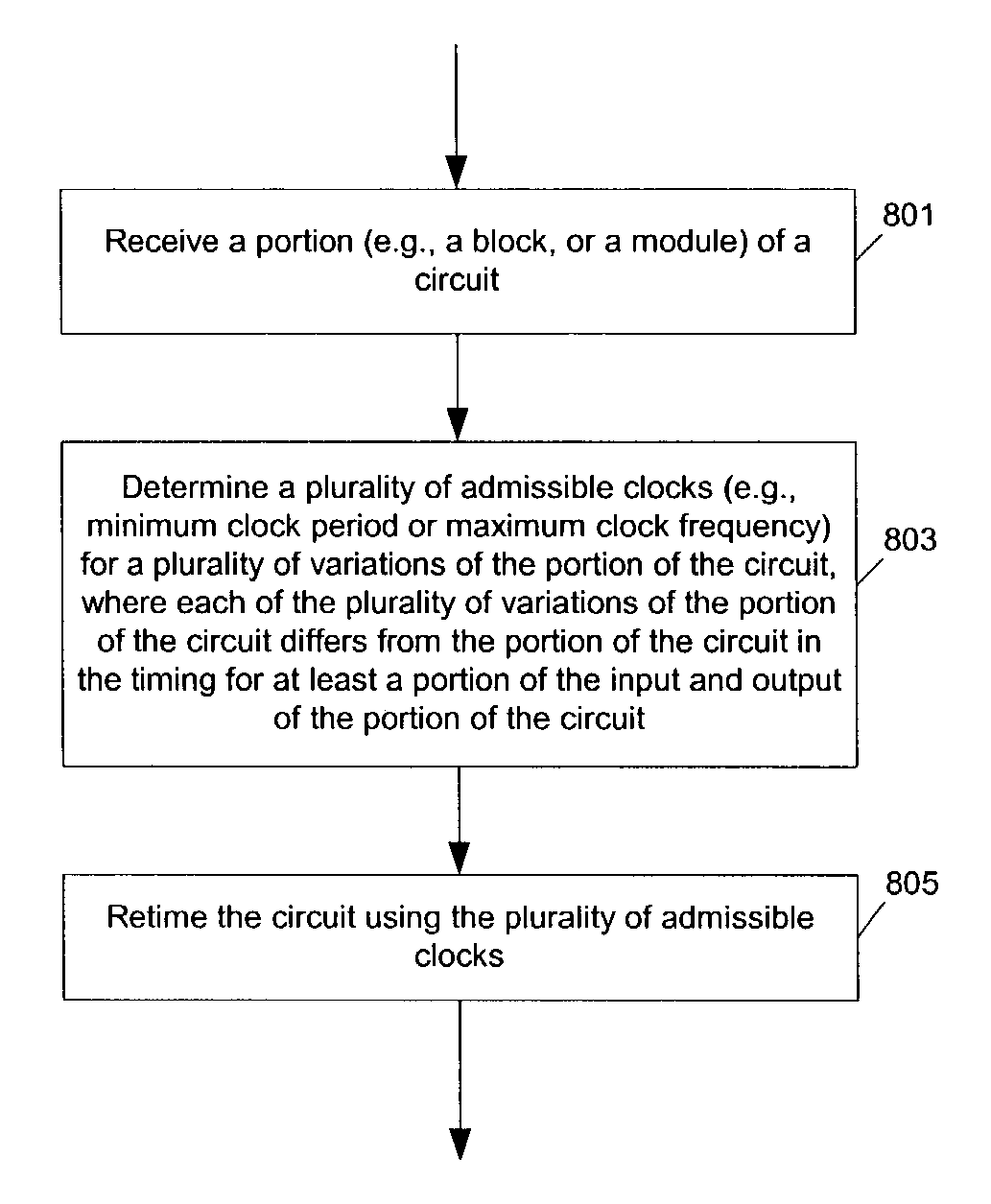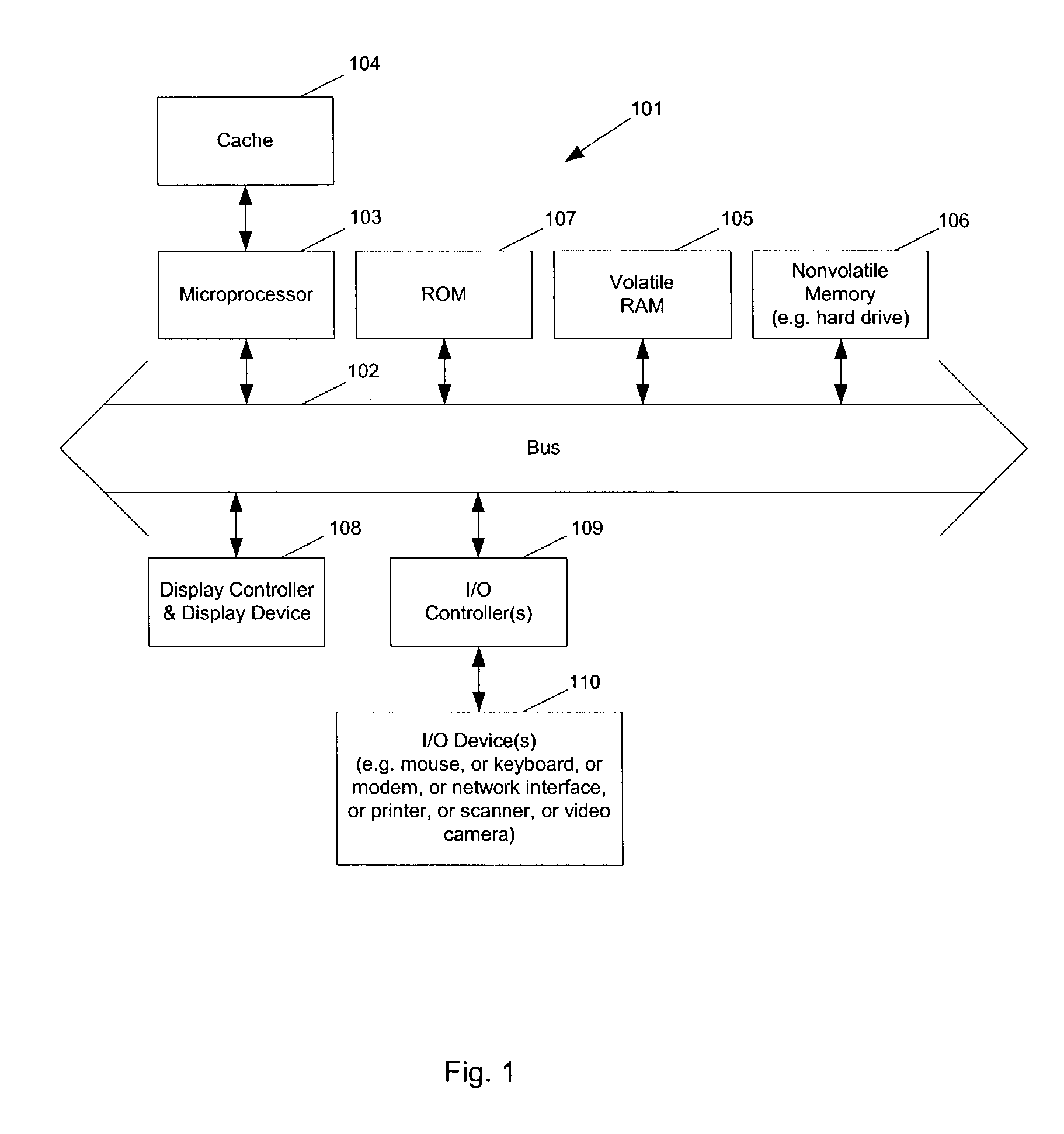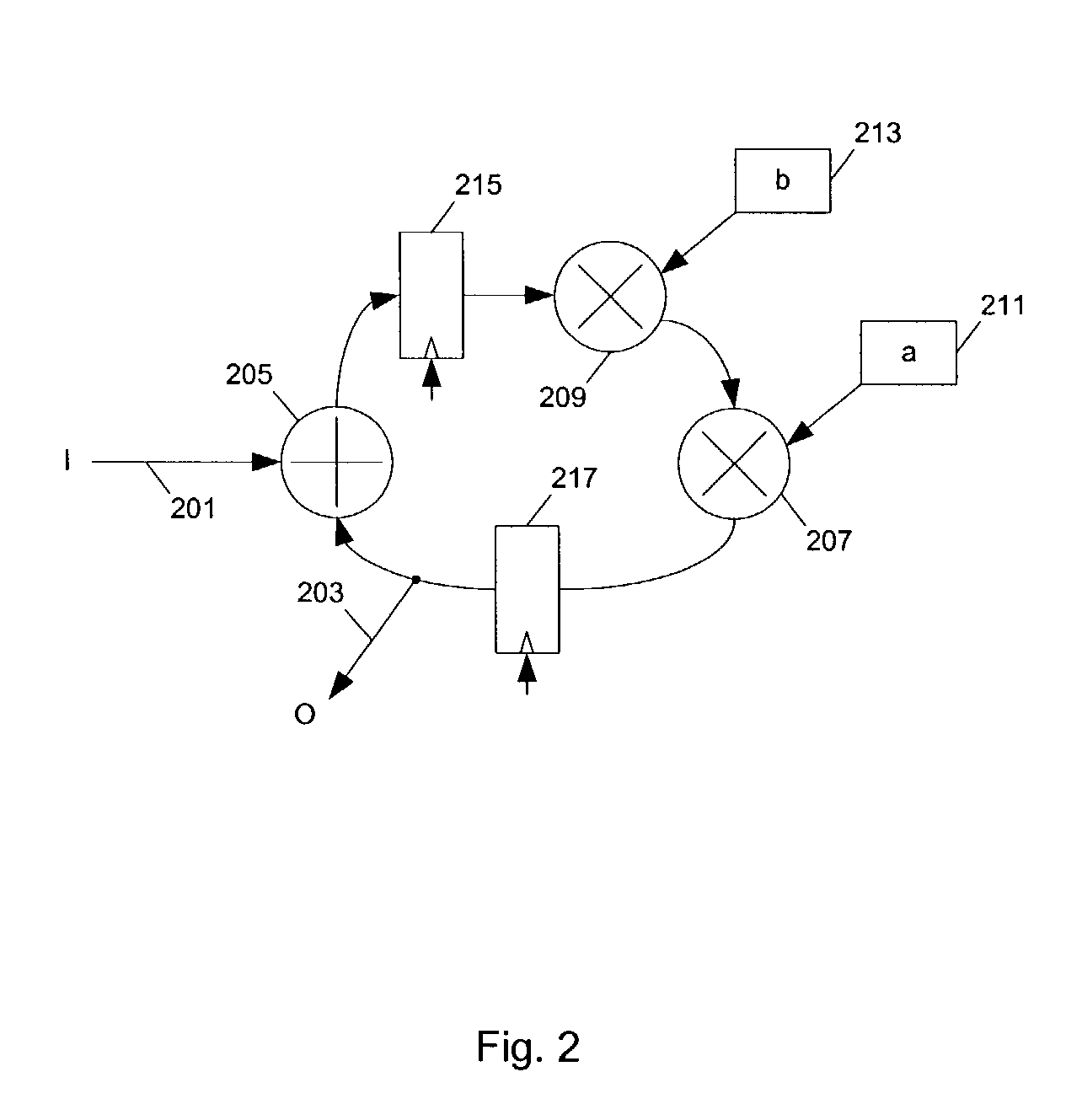Method and apparatus for circuit design and retiming
a circuit and timing behavior technology, applied in the field of circuit design, can solve the problems of difficult modelling of interconnection delays and thus often ignored
- Summary
- Abstract
- Description
- Claims
- Application Information
AI Technical Summary
Benefits of technology
Problems solved by technology
Method used
Image
Examples
Embodiment Construction
[0031]The following description and drawings are illustrative of the invention and are not to be construed as limiting the invention. Numerous specific details are described to provide a thorough understanding of the present invention. However, in certain instances, well known or conventional details are not described in order to avoid obscuring the description of the present invention. References to an or one embodiment in the present disclosure are not necessary to the same embodiment; and, such references means at least one.
[0032]At least one embodiment of the present invention seeks to use a hierarchical method to retime a circuit design, in which a portion of the circuit (e.g., a circuit module or a circuit block) is retimed for clock period minimization and the entire circuit is retimed based on the result of the retiming of the portion of the circuit. In one embodiment of the present invention, a parametric design of a module is obtained to establish a timing model of the mod...
PUM
 Login to View More
Login to View More Abstract
Description
Claims
Application Information
 Login to View More
Login to View More - R&D
- Intellectual Property
- Life Sciences
- Materials
- Tech Scout
- Unparalleled Data Quality
- Higher Quality Content
- 60% Fewer Hallucinations
Browse by: Latest US Patents, China's latest patents, Technical Efficacy Thesaurus, Application Domain, Technology Topic, Popular Technical Reports.
© 2025 PatSnap. All rights reserved.Legal|Privacy policy|Modern Slavery Act Transparency Statement|Sitemap|About US| Contact US: help@patsnap.com



